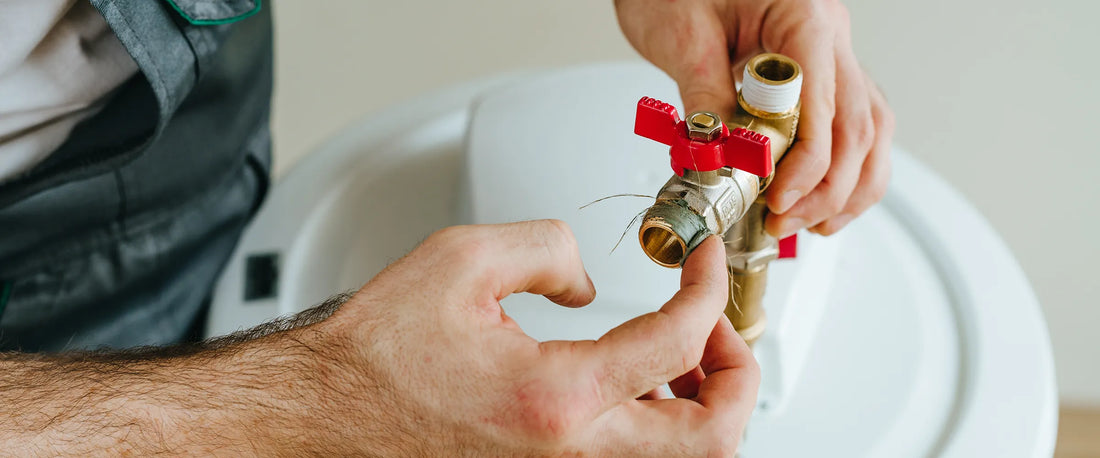When working on plumbing repairs, air compressor fittings, or auto projects, a common question comes up: do I use thread sealant or thread tape?
Choosing the right product ensures a leak-free seal, prevents thread damage, and saves you from costly rework. In this guide, we’ll break down the differences between thread sealants and PTFE tape, when to use each, and how to apply them properly for common DIY tasks.
What is Thread Sealant?
Thread sealant (also called pipe dope) is a thick, paste-like compound used to fill gaps between threaded pipe connections. It creates a chemical bond and provides excellent sealing for gas, air, oil, and water systems.
- Best For: Metal threads, irregular surfaces, high-pressure systems, and permanent joints
- Application Tip: Use a brush or nozzle to apply a thin, even coat around the male threads—avoid overapplying to prevent squeeze-out.
What is Thread Tape?
Thread sealing tape—commonly known as Teflon tape or PTFE tape—is a non-adhesive film that wraps around the threads of pipe fittings to create a tight seal.
-
**Best For** Low-pressure applications, plastic fittings, and disassemblable joints (like shower heads or garden hose spigots)
- **Application Tip** Wrap the tape clockwise around clean, dry threads 3–4 times, stretching slightly to ensure a tight fit
When to Use Each
- **Thread Sealant** Use for fuel lines, engine coolant systems, air tools, or metal pipe threads
- **PTFE Tape** Use for basic plumbing jobs, garden hose fittings, air compressor accessories, and plastic pipe threads
- **Hybrid Approach** In some cases, tape and sealant are used together for added security—tape first, then a light sealant coat
Avoid These Common Mistakes
- Using PTFE tape on compression fittings (they don’t need sealants)
- Overwrapping with tape, which can crack fittings
- Applying sealant on the first two threads—this can cause blockages
- Mixing products without checking compatibility (some threadlockers don’t mix with sealants)
Other Sealing Products to Consider
- **RTV Silicone** Flexible sealant for flanges or non-threaded areas
- **Anaerobic Sealants** Designed for sealing close-fitting metal threads that will not be disassembled
- **Gas-rated Sealants** Use for propane, natural gas, or high-pressure air applications
Conclusion
Sealing threads correctly is a small detail that makes a big difference. Whether you're fixing a leak, assembling shop air lines, or tuning up your plumbing system, knowing when to use tape or paste will ensure a long-lasting result.
Bonus Tip: Keep Both on Hand
For DIYers, it’s smart to stock both thread sealant and PTFE tape in your toolbox. That way, you're prepared for everything from fixing a leaking hose bib to reinstalling compressor fittings. Label your containers clearly, and keep them in a cool, dry space near your plumbing or mechanical tools for quick access during repairs.
